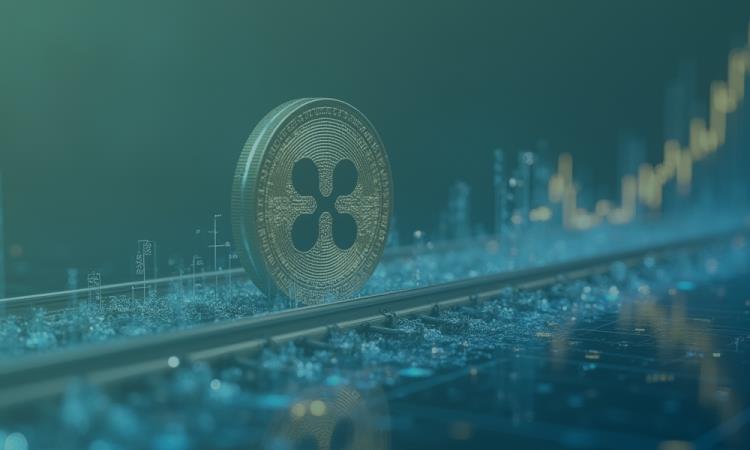Ripple, the global enterprise blockchain company behind XRP Ledger and a rapidly expanding suite of crypto-enabled payment solutions, has announced a definitive agreement to acquire Rail, a Toronto-based fintech specializing in stablecoin-powered payment infrastructure, for US$200 million. The transaction, expected to close in Q4 2025, is subject to customary regulatory approvals.
This acquisition marks Ripple’s most significant push yet into the stablecoin payments sector—an arena where compliance, liquidity, and seamless integration have become the make-or-break factors for enterprise adoption.
About the Companies
Ripple is best known for its cross-border payment network, Ripple Payments, which serves banks, fintechs, and corporates in over 70 countries. Leveraging blockchain technology, Ripple offers fast settlement times, low transaction costs, and interoperability between fiat and digital currencies. It has secured more than 60 money transmission licenses globally, providing the regulatory framework to operate at scale in the institutional market.
Rail, founded in Toronto, has built a reputation as a plug-and-play stablecoin payment processor for businesses. Its platform offers virtual accounts, automated reconciliation, and enterprise-grade APIs that allow companies to send, receive, and manage stablecoin payments without touching a crypto wallet or relying on manual exchange conversions. Rail partners with 12+ global banking institutions to ensure liquidity and compliance across jurisdictions.
Why Ripple is Buying Rail
Ripple’s acquisition of Rail addresses a rapidly growing need: making stablecoins usable in everyday B2B payments without the technical and operational friction that comes with crypto-native processes.
Today, most stablecoin transactions, while cheap and fast, still require recipients to manage private keys, navigate volatile exchange rates, and perform manual fiat conversions. Rail eliminates these barriers by acting as a compliant, custodial layer that bridges stablecoins directly into traditional banking systems.
By integrating Rail’s capabilities into Ripple Payments, Ripple will be able to:
- Offer Stablecoin On/Off-Ramps: Businesses can receive payments in RLUSD (Ripple’s own stablecoin), XRP, or other supported stablecoins, and instantly convert them to fiat in their bank accounts.
- Enable Always-On Settlement: Through API-based integration, enterprises can initiate payments 24/7 without waiting for banking hours or manual clearance.
- Simplify Collections: Virtual account numbers and IBANs allow customers to make payments as if they were sending a regular bank transfer, with funds settled in stablecoins in the background.
- Support Treasury Management: Multi-currency virtual wallets enable CFOs and treasury teams to manage both fiat and digital assets from a single dashboard.
What Changes After the Acquisition
Once the integration is complete, Ripple’s payments offering will expand from primarily cross-border FX and crypto-to-fiat transactions to full-stack stablecoin payment processing. This positions Ripple to serve new customer segments, including:
- Global marketplaces seeking instant payouts to vendors.
- B2B SaaS companies offering subscription billing in multiple currencies.
- Export/import businesses that need fast settlement without FX slippage.
- Fintechs and neobanks looking to embed stablecoin capabilities without building the tech in-house.
Ripple also gains Rail’s existing client base, which already processes a significant share, estimated at over 10% of the projected US$36 billion global B2B stablecoin transaction volume in 2025.
Strategic Industry Impact
This acquisition comes amid a turning point for the stablecoin market. The recent passage of the U.S. Genius Act has provided clearer rules for issuance, reserve management, and operational compliance, making stablecoins a viable settlement asset for regulated financial institutions.
For Ripple, this is not an isolated move; it follows the $1.25 billion acquisition of prime broker Hidden Road earlier this year, signaling an end-to-end infrastructure strategy:
- Liquidity & Market Access via Hidden Road.
- Regulated Payment Processing via Ripple Payments.
- Stablecoin On/Off-Ramps & Automation via Rail.
Ripple President Monica Long summed it up:
“Stablecoins are quickly becoming a cornerstone of modern finance, and with Rail, we are uniquely positioned to drive the next phase of innovation and adoption of stablecoins and blockchain in global payments.”
Rail CEO Bhanu Kohli added:
“Our mission has been to make stablecoin payments as easy as sending an email. By joining Ripple, we can bring that capability to millions of businesses worldwide.”
What To Expect Ahead
Once complete, this acquisition could redefine how enterprises use stablecoins, not just as a trading tool or crypto bridge, but as a core operational currency for global business. Ripple will have the technology, regulatory coverage, and liquidity network to compete head-to-head with traditional payment processors, while offering the speed, cost efficiency, and transparency of blockchain.
If executed well, Ripple’s Rail acquisition won’t just strengthen its stablecoin leadership, it could accelerate mainstream adoption of blockchain-based payments across global trade, SaaS, fintech, and treasury operations.

